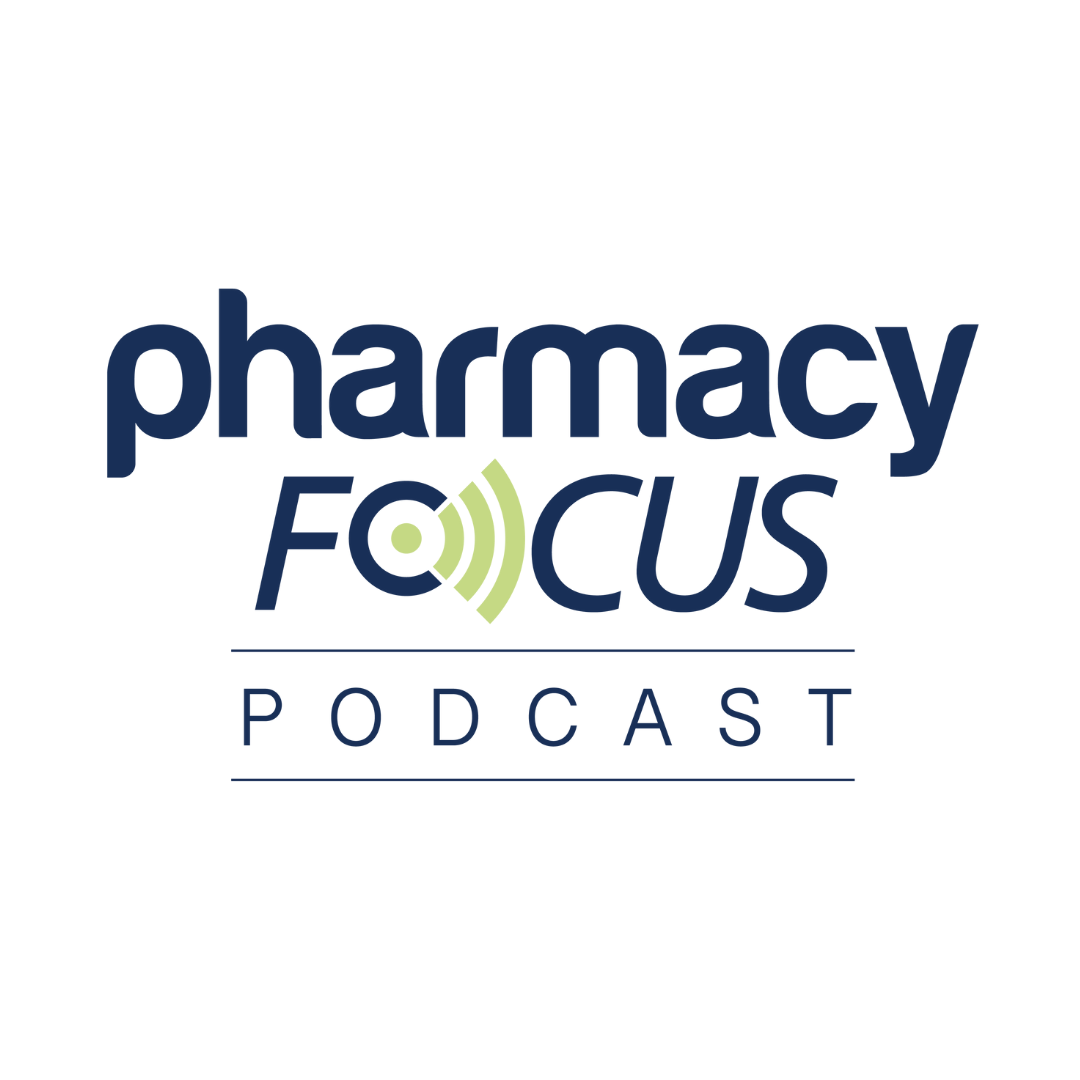Commentary
Video
NCPA Report Outlines Potential Negative Impacts of MDPNP, Solutions
Ronna Hauser, PharmD, senior vice president of policy and pharmacy affairs at NCPA, discusses concerns about the implementation of the MDPNP.
In an interview with Pharmacy Times, Ronna Hauser, PharmD, senior vice president of policy and pharmacy affairs at the National Community Pharmacists Association, said research by the association has raised some concerns about the implementation of the Medicare Drug Price Negotiation Program (MDPNP). Although the program has the potential for financial savings, Hauser said it needs to be implemented correctly in order to see the benefits without harming pharmacies.
Pharmacy Times: An NCPA reported outlines potential negative impacts of the MDPNP on 340B-covered entities and contract pharmacies. How do you see the MDPNP affecting the provision of charitable care and expanded health care services in underserved populations?
Ronna Hauser, PharmD: Sure. So, the analysis that we're talking about, again, NCPA commissioned this analysis. Three access advisors performed this analysis for us. I will say on the 340B front, you know, this would be different. The upfront discounts, in essence, would go away. So, 340B entities, covered entities, and their contract pharmacies today are purchasing these drugs with an upfront discount on the 340B side. On the Medicare drug price negotiation side, that is an option. CMS doesn't preclude manufacturers from offering these drugs at an upfront discount of maximum fair price. But again, to date, we have heard of no manufacturers [who are] going to do that. The manufacturers, in essence, are going to be selling the drugs like they normally do in the marketplace today, with no upfront discounts. So again, that definitely impacts 340B entities and how they will be dispensing these drugs.
Pharmacy Times: NCPA recommends several mitigation strategies, such as establishing short-term financing solutions. Do you believe those strategies are sufficient to address the fundamental financial risks posed by the MDPNP?
Ronna Hauser, PharmD: Great question. CMS has at least put out there that manufacturers have to take into account pharmacies with cash flow concerns, so manufacturers have to have a mitigation strategy in place to address pharmacies who have cash flow concerns. And the problem is we won't know what those mitigation strategies are going to look like until September. So, the manufacture effectuation plans on how each individual manufacturer intends to effectuate this program for their given drug, those aren't due into CMS until September 1, 2025. So, you take September 1, kick a few weeks into the future, before pharmacies will probably see these plans—you're looking at mid- to late September, early October, before the pharmacies are even aware of what these mitigation strategies are. The pharmacies won't be aware of how much they'll be refunded by the manufacturers until that point. So, pharmacies are really at a loss here and don't have all of the data elements needed to make an informed decision to participate in this program.
Some of the things we've said, a few things we've said, [are that] the manufacturers should make these plans available earlier in the year, because it's going to be really hard for an independent pharmacy to sign a Part D contract and get into a Part D network without knowing their total payment for these 10 drugs. So, manufacturers have to make those plans available sooner. Some of the other strategies that we've recommended is PBMs have to pay pharmacies fairly for these drugs at point of sale, so they have to pay us at maximum fair price, no less, and they have to pay us a commensurate professional dispensing fee. Unfortunately, those are things that CMS has punted on and not addressed. Another mitigation strategy is, again, just make us get our full total payment for these negotiated drugs within 14 days, like currently exists in the Part D program. Again, as the program is structured, it'll be 21 days, best case; it could be well beyond that, 30-plus days until we get refunded. So, you know, speed up the flow of money to pharmacies.
How else could that work? CMS could actually pre-fund the program, you know, prime the pump, so there's money in the program before it starts, so that pharmacies aren't floating it. That's another option that we've recommended. CMS could also run this program more analogous to the coverage gap discount program, where it's actually being taken care of or addressed behind the scenes to pharmacy between the manufacturers and the party plan sponsors. Again, CMS has yet to put forth any of these options to date. That's why we're so concerned. I'd say the only thing that CMS has put forward to date is they told the manufacturers that in their effectuation plans due September 1, they had to have a mitigation strategy to address the cash flow concerns of pharmacies. Now, what those are going to look like, and when we will know what they are, you know, is anyone's guess right now. We won't know until probably mid to late September. [At that point] you're getting really close to open enrollment; Part D networks and pharmacy networks are supposed to be in place. Medicare plan finders [will be] about to open, so [there are] a lot of concerns with timing of network formation, party, network formation going into the 2026 plan year.





